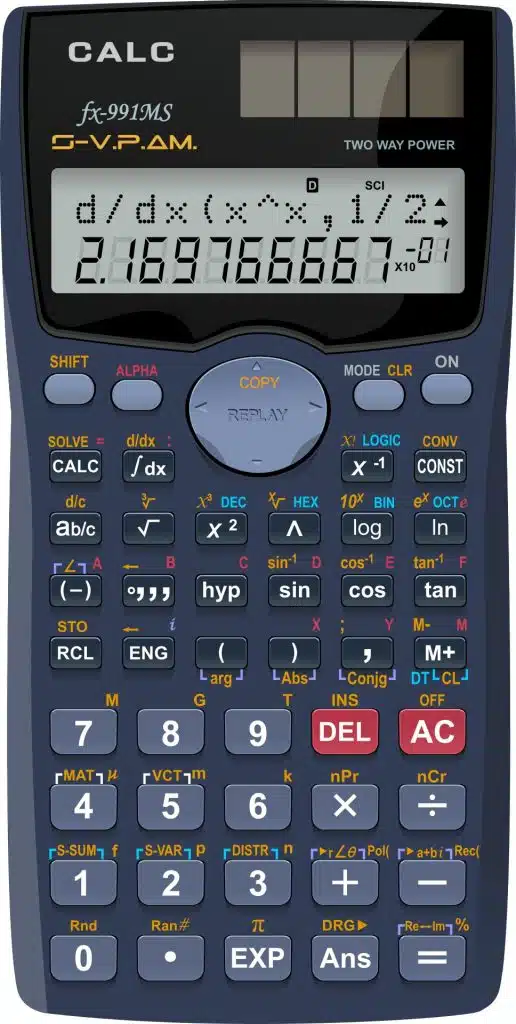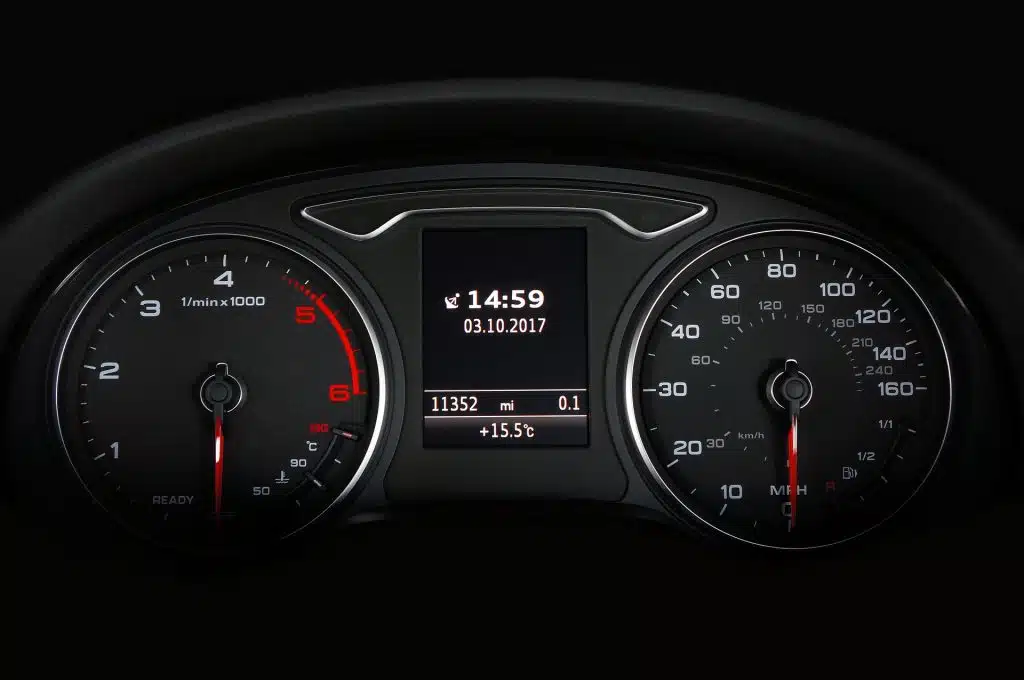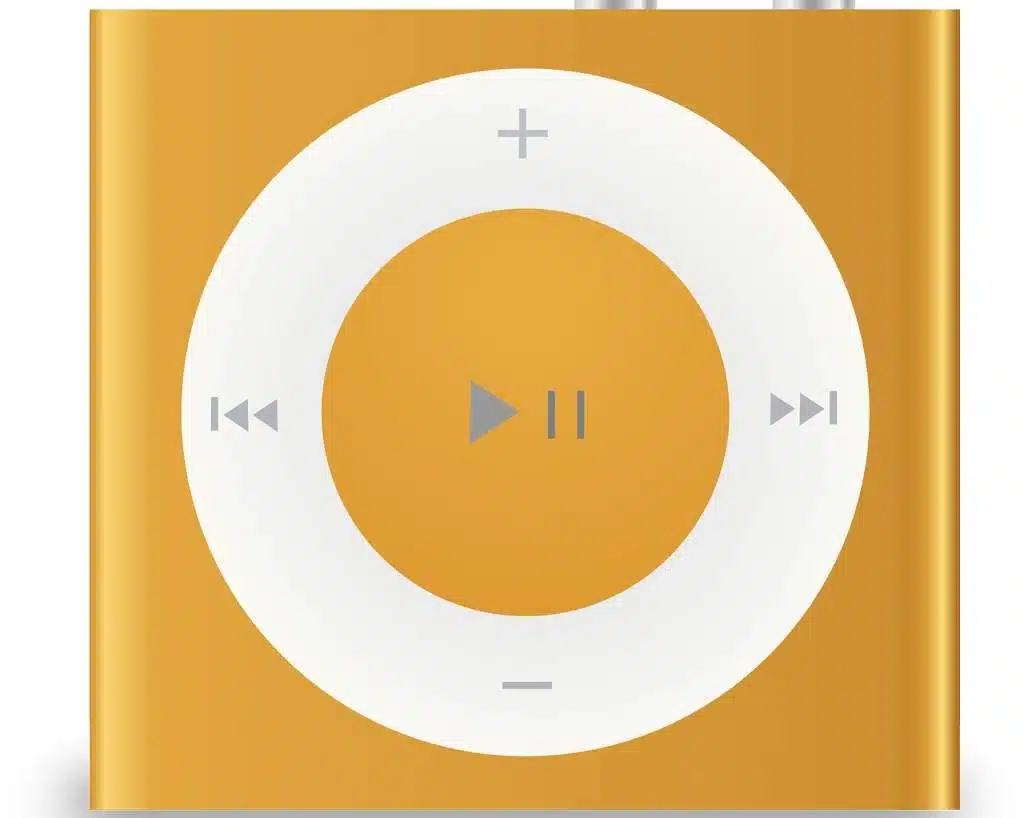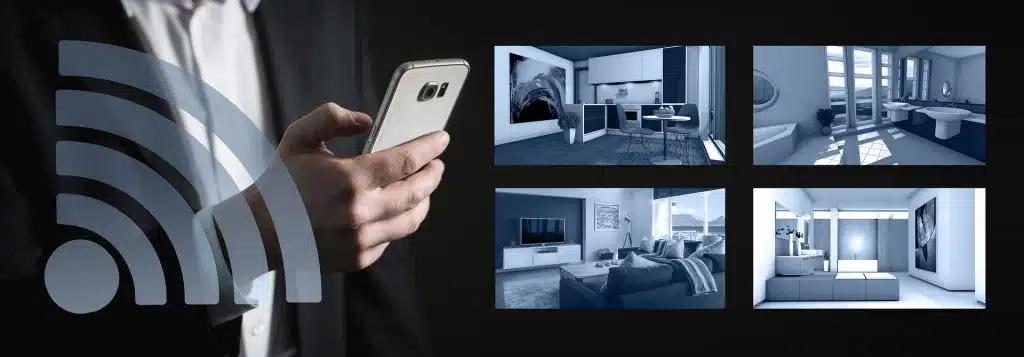Hello inventors!
Welcome back to our course on Embedded Systems!
In this lesson let us learn get a brief overview of
- what embedded systems are,
- what are the different types of embedded systems, and
- what are the various forms that embedded systems can take.
For those of you who learn better through videos, here is this this weeks lesson in video format.
Embedded systems come in a wide variety of sizes and complexities and are hence a bit hard to “define”. Let’s first try and get a basic understanding of what an embedded system really is and how to classify them.

What is an embedded system? A simple definition would be, an embedded system is a “special purpose computer” purpose-built to serve a specific purpose.
For example, both a calculator and a Laptop compute stuff, but a calculator is a special-purpose computer that can only do “calculations” while you can do a variety of stuff on your laptop!
To understand what this really means, let’s take a closer look at the definition by looking at the individual words. Let’s first have a look at the term “Computer” to try and understand where that term came from.
Computer: Is this a ‘who’ or an ‘it’?

The word computer comes from a job title our society had long before the electronics era (before the time calculators and computers were invented). This job is basically held by a person very good at math, to do accounting for businesses (These guys used an abacus, pen, and paper to do the math!). Then some inventions came up that made computing easier and hence we named them “computers”. Next, let’s take a look at what we mean by “Special purpose”.
General-purpose versus Special purpose
To understand this phrase, let’s have a look at the other end of the spectrum which is “general purpose” computers. General-purpose computers are the ones that we use every day like desktops and laptops and Macs.

Even our smartphones and tablets are more towards the general-purpose end of the spectrum, which means they have more than one specific purpose. For example, even though the smartphone’s main purpose is communication (through emails, texts, voice, and video), they are designed for other purposes like hearing songs, listening to audiobooks, seeing videos, reading ebooks, browsing the internet, gaming, and photography.
On the other end of the spectrum are embedded systems, whose purposes are very specific to serve a particular function. A popular example is a calculator. It’s one and only job is to do calculations!

Classification of embedded systems
Embedded systems can come in 3 flavors
- Subsystems
- Standalone systems
- Network of systems
Subsystems
The term “embedded” stands for placed inside something bigger. This flavor of embedded systems is usually part of larger systems. A popular example includes a digital display in your car.

Here the car is a larger system and the display is embedded inside the car. Other examples include the timing and display circuits of your microwave ovens and washing machines and dishwashers. Even parts of a computer like a keyboard and a mouse are basically embedded systems. Independently these embedded systems are useless, but they aid the larger system to do their task.
Standalone systems
This class is pretty self-explanatory, its a device that can perform its functions independently. Examples include
- USB drives are used to store data
- mp3 players can play music
- digital cameras take pictures and
- digital watches tell us time!

Although they are not “embedded” into something bigger, the components and techniques used to build these systems belong to the same class as the “subsystems” class of embedded systems and hence are viewed as embedded systems too!
Network of systems
A famous example of this type of system is home automation. Here several sensors are placed throughout your home and their collective duty is to perform home automation. This is the latest trend in this field, and more products are developed in this class of embedded systems.

There is a special subclass of this class, where this “network” spans throughout the globe, This type of system is popularly known as the Internet of Things or IoT for short!
These are the 3 main classes of embedded systems.
Any embedded system can be thought of as 2 separate parts
- Embedded Hardware (the body of the system) and
- Embedded Software (the brains of the system
In the next lesson of this series we will learn about the brain of the system, i.e. Embedded Software!
I will see you guys next week with the next installment of this course!

